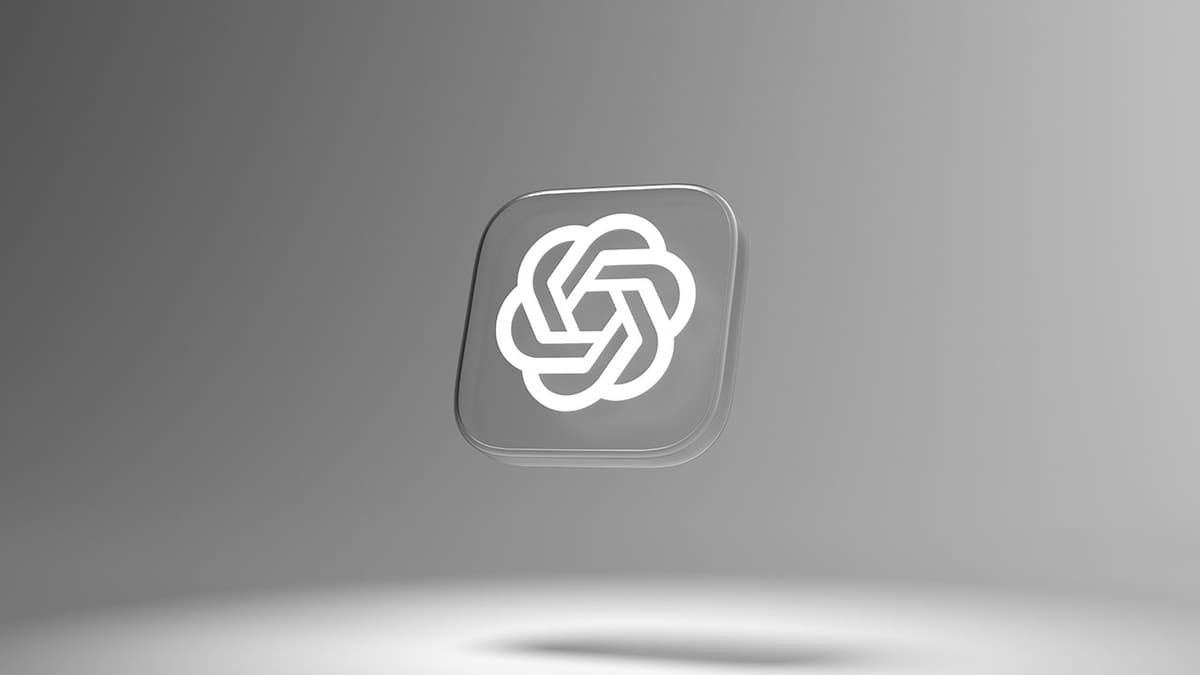Leveraging Bootstrap in React Applications
Building user interfaces for modern web applications requires tools that can provide rapid, responsive, and clean designs. React JS, a powerful JavaScript library by Facebook, offers efficient ways of creating interactive UIs. Coupling React JS with Bootstrap, one of the most popular front-end frameworks, provides a straightforward path to creating visually appealing and responsive designs. This article will guide you through integrating Bootstrap with React and illustrate how to utilize Bootstrap components in your React applications.
Introduction to Bootstrap in React
Bootstrap is a comprehensive CSS framework packed with ready-made design elements. By using Bootstrap, developers can ensure their web applications look consistent across different devices without early-stage design complexities. React, known for its component-based architecture, lends itself beautifully to incorporating Bootstrap by means of easy-to-implement, reusable UI components.
Setting Up Your Project
To start using Bootstrap with React, create a new React project if you don't have one already. You can do this using Create React App:
Sh
Next, install Bootstrap and its dependencies. You can achieve this via npm:
Sh
The react-bootstrap library wraps native Bootstrap components as pure React components, making it easier to integrate with your React project.
Adding Bootstrap to Your Project
Bootstrap can be included in your project by importing it in your src/index.js file:
Jsx
With this single line of import, Bootstrap styles are now globally available in your React project.
Utilizing Bootstrap Components
React Bootstrap components provide declarative definitions for each Bootstrap feature you wish to use. Below are examples of commonly used Bootstrap components:
Buttons
Buttons are fundamental in web design for performing actions. Bootstrap defines multiple styles, sizes, and states for buttons. Here's how you can include a simple button in your React component:
Jsx
Forms
React Bootstrap makes form handling easy with its predefined components. Here's an example of how to create a simple form:
Jsx
Layout Components
Bootstrap's grid system is extremely powerful for creating complex layouts. Combine it with React to create responsive UIs effortlessly:
Jsx
Navigation Bar
Navigational components like NavBars are crucial for user journeys. Here is an example of setting up a basic navbar:
Jsx
Enhancing Your App with Custom Styles
While Bootstrap provides a great starting point, custom styles are often necessary to fit your unique design needs. You can override Bootstrap classes by including a custom CSS file in your React application:
Sh
In App.css, you could write custom styles:
Css
Then, incorporate these classes in your React components:
Jsx
By integrating Bootstrap with React, developers can enjoy the benefits of both worlds: the sleek, modern design provided by Bootstrap and the dynamic, responsive UI capabilities offered by React. This powerful combination can lead to developing robust and visually appealing applications swiftly and effectively.
For further details and more advanced use cases, checking the React Bootstrap documentation can be very helpful. As you become more comfortable with these tools, you'll find even more ways to make your web designs stand out.












